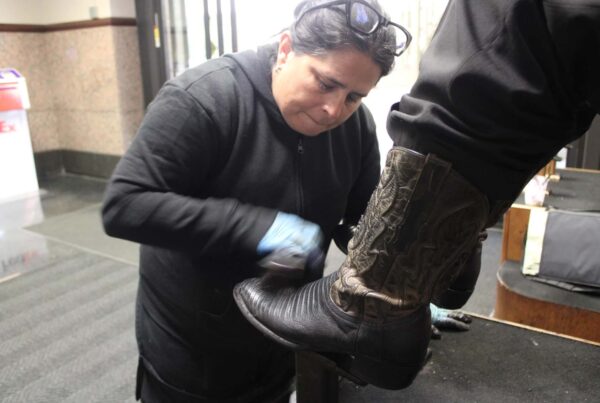From KUT News:
Shannon Brady held up a poster that read “Smart Kids, Not Smart Devices” and asked her class of sixth-graders what it was all about.
To help students focus, one boy said.
“Exactly!” the English teacher responded. “If I’m thinking about my phone the whole time, I’m not focused on what I’m supposed to be learning, right? And, so this is actually a gift to you this year.”
It was the first day of class at Hudson Bend Middle School and the first day of Lake Travis ISD’s new policy banning the use of cellphones, smartwatches and earbuds during the school day in elementary and middle school.
The ban was announced last month, but Superintendent Paul Norton said the district had been discussing how to manage cellphone use for the last couple years.
“We’ve talked to lots of different groups about this policy and it’s been strongly received in a very positive way,” he said.
















